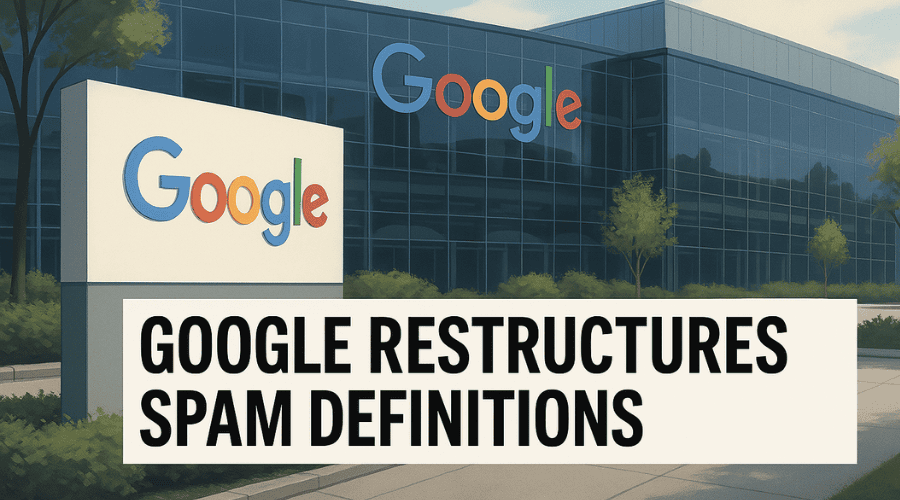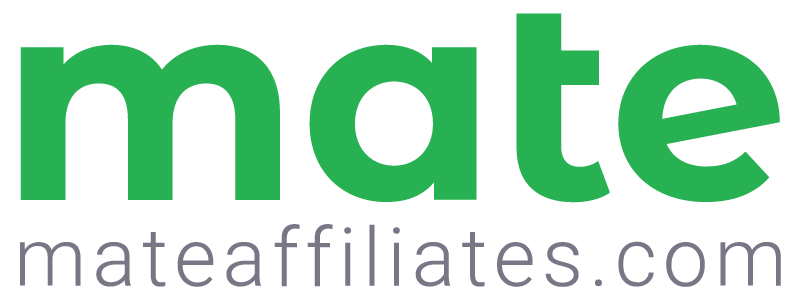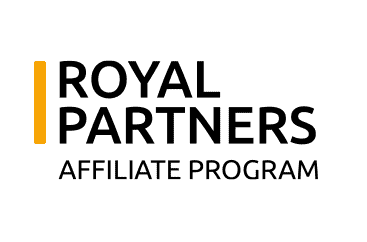Google Overhauls Spam Definitions in Major Search Quality Update

In a significant move that could reshape search rankings across industries, Google has completely reorganised and expanded its definition of spam content in the latest Search Quality Evaluator Guidelines. The update, quietly released last week, represents one of the most substantial revisions to how Google identifies and penalises low-quality web pages.
Comprehensive Restructuring of Spam Categories
The 2025 guidelines completely eliminate the previous “Auto-generated MC (Main Content)” section (4.6.3) that had been the primary reference point for content automation policies. In its place, Google has introduced four new, more specific categories that broaden the scope of what constitutes spam:
1. Expired Domain Abuse (Section 4.6.3)
This newly defined category targets websites that purchase expired domains primarily to leverage their existing authority. According to the guidelines, this violation occurs when “an expired domain name is purchased and repurposed primarily to benefit the new website owner by hosting content that provides little to no value to users.“
This definition directly addresses the growing practice of acquiring abandoned domains with established backlink profiles to shortcut the site authority building process.
2. Site Reputation Abuse (Section 4.6.4)
Google now explicitly targets content that piggybacks on established sites’ credibility. The guidelines define this as instances where “third-party content is published on a host site mainly because of that host’s already-established ranking signals, which it has earned primarily from its first-party content.“
This appears to address the rising trend of guest posting networks and paid placement content that exists primarily to benefit from the hosting domain’s existing authority.
3. Scaled Content Abuse (Section 4.6.5)
Perhaps the most significant addition is this category targeting mass content production. Google defines this as creating large amounts of content “with little effort or originality with no editing or manual curation.“
While this category encompasses various automation methods, generative AI is specifically mentioned as one example of an automated tool that could be misused for this purpose. (Although note google is not against using AI to generate quality content!).
4. Low-Effort Content (Section 4.6.6)
The final new category serves as a comprehensive catch-all for content lacking originality. The guidelines state: “The Lowest rating applies if all or almost all of the MC on the page (including text, images, audio, videos, etc) is copied, paraphrased, embedded, auto or AI generated, or reposted from other sources with little to no effort, little to no originality, and little to no added value for visitors to the website.”
This section notably includes both AI-generated and auto-generated content explicitly, marking Google’s most direct acknowledgment of these technologies in its quality guidelines.
New Detection Criteria for Low-Quality Content
In an unprecedented move, Google has also provided specific guidance to its quality raters on how to identify potentially problematic content, particularly paraphrased material that may originate from automated systems:
From Section 4.6.7, paraphrased content is described as likely to:
- “Only contain commonly known information or generally known facts”
- “Have high overlap with webpages on well established sources such as Wikipedia, reference websites, etc.”
- “Appear to summarise a specific page such as a forum discussion or news article without any added value”
- “Have words or other indications of summarising or paraphrasing generative AI tools, such as words like ‘As an AI language model'”
These criteria provide the clearest insight yet into how Google likely evaluates content quality in relation to AI and automation tools.
Industry Impact and Strategic Implications
While Google has previously stated that it focuses on “the quality of content, rather than how content is produced,” these updated guidelines draw clearer lines regarding unacceptable practices regardless of production method.
“This is the most comprehensive overhaul of spam definitions we’ve seen from Google in years,” noted Rishi Lakhani, Search Algorithm Specialist.. “By expanding from a single auto-generation category to four distinct spam categories, Google is signaling a much more nuanced approach to content quality evaluation.“
The timing aligns with the search giant’s broader quality initiatives announced in late 2024, which emphasised user satisfaction metrics over traditional engagement signals. The new spam definitions appear to support this shift by targeting content that may achieve technical SEO benchmarks while delivering subpar user experiences.
What This Means for Affiliate Website Owners
Website owners across industries should review their content practices in light of these expanded definitions, with particular attention being paid to:
- Domain acquisition practices – Ensuring proper redirection and content relevance when acquiring expired domains
- Content scaling approaches – Reviewing any mass-production content systems for quality control and editorial oversight
- Automation usage – Evaluating how automation and AI tools are implemented within content workflows
- Originality assessment – Conducting audits of existing content to identify material that may fall under the new spam categories
For those using content generation tools, the guidelines now provide clearer parameters: automation itself isn’t prohibited, but using it without substantial human enhancement, editing, or original value-add will likely trigger quality penalties.
Looking Ahead
Google’s Search Liaison has not yet made a public statement about these guideline changes, though industry observers expect the company to provide additional context in the coming weeks. Previous guideline updates have typically preceded algorithm adjustments that implement the new quality standards.
“These expanded spam definitions represent an evolution rather than a revolution in Google’s approach,” explained Lee-Ann Johnstone, Founder of Affiverse. “The company has consistently moved toward rewarding genuine expertise, experience, and value while penalising shortcuts. These updates simply provide more specific language about what those shortcuts might include.“
Affiliates are advised to review the complete guidelines and conduct content audits to identify potential vulnerabilities before any algorithmic enforcement begins.
AFFIVERSE regularly reports on search engine updates affecting digital publishers. For a complete analysis of Google’s updated spam definitions and strategic adaptation recommendations, visit our SEO resource center.






